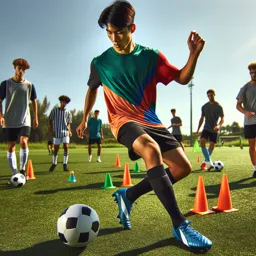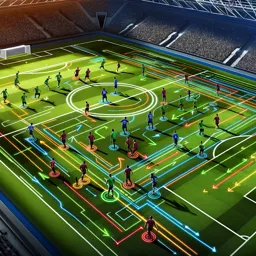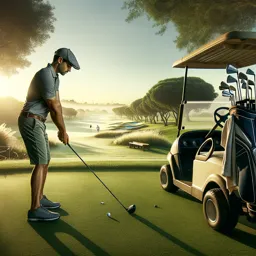Introduction
Ski racing is one of the most thrilling and demanding forms of competitive skiing. It combines speed, precision, and raw determination as athletes navigate challenging courses at high velocity. Whether you’re a curious beginner or a passionate skier, understanding the fundamentals of ski racing will deepen your appreciation for this electrifying winter sport.
Understanding Ski Racing
Ski racing includes a range of disciplines—each with unique demands:
- Slalom: Fast-paced and technical, slalom involves tight turns around closely spaced gates, testing reflexes and control.
- Giant Slalom: Features wider turns and longer courses, requiring both speed and technique.
- Super-G (Super Giant Slalom): A blend of downhill speed with giant slalom precision—longer and faster than the previous events.
- Downhill: The fastest and most daring discipline, downhill racing pushes limits with steep terrain, long courses, and extreme speed.
Despite their differences, all these events require balance, agility, and mental strength to succeed.
Essential Techniques for Success
Top-level ski racers master several core techniques:
- Carving: Effective edge control and smooth, clean turns help maintain momentum and reduce time.
- Positioning: A forward-leaning, low stance absorbs impact and improves stability.
- Gate Approach: Accurate timing when entering and exiting gates can shave off crucial milliseconds from your run.
Training and Physical Preparation
Behind every great racer is a disciplined training regime:
- Strength and Endurance: Focus on leg strength, core stability, and cardiovascular fitness.
- Balance and Agility: Wobble boards, agility ladders, and dynamic drills build on-snow responsiveness.
- Flexibility: Stretching and mobility training reduce injury risk and improve fluid movement.
- Mental Conditioning: Visualization, focus techniques, and sports psychology help racers perform under pressure.
Competitive Spirit and Sportsmanship
Ski racing isn’t just about winning—it’s about growth, perseverance, and community. The sport builds:
- Discipline and Focus: Essential for long training hours and precise performance.
- Resilience: Overcoming setbacks and learning from every run.
- Sportsmanship: Respecting competitors, supporting teammates, and celebrating collective passion for the sport.
Getting Involved in Ski Racing
Interested in getting started? Here’s how:
- Join a Club: Local ski clubs often offer training programs for all ages and skill levels.
- Participate in Local Races: Grassroots events are great for experience and building confidence.
- Support the Community: Attend races, volunteer, or cheer from the sidelines to engage with the ski racing world.
Conclusion
Ski racing is an exhilarating sport that combines physical prowess, refined technique, and a competitive yet respectful spirit. Whether you’re chasing a podium finish or simply fascinated by the sport’s intensity, ski racing offers both inspiration and excitement to everyone who loves the mountains.

































